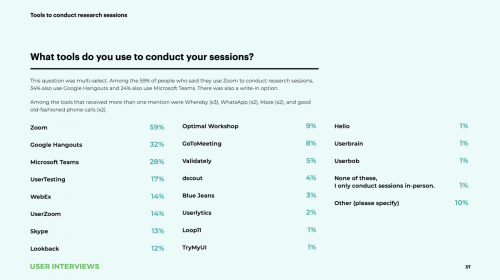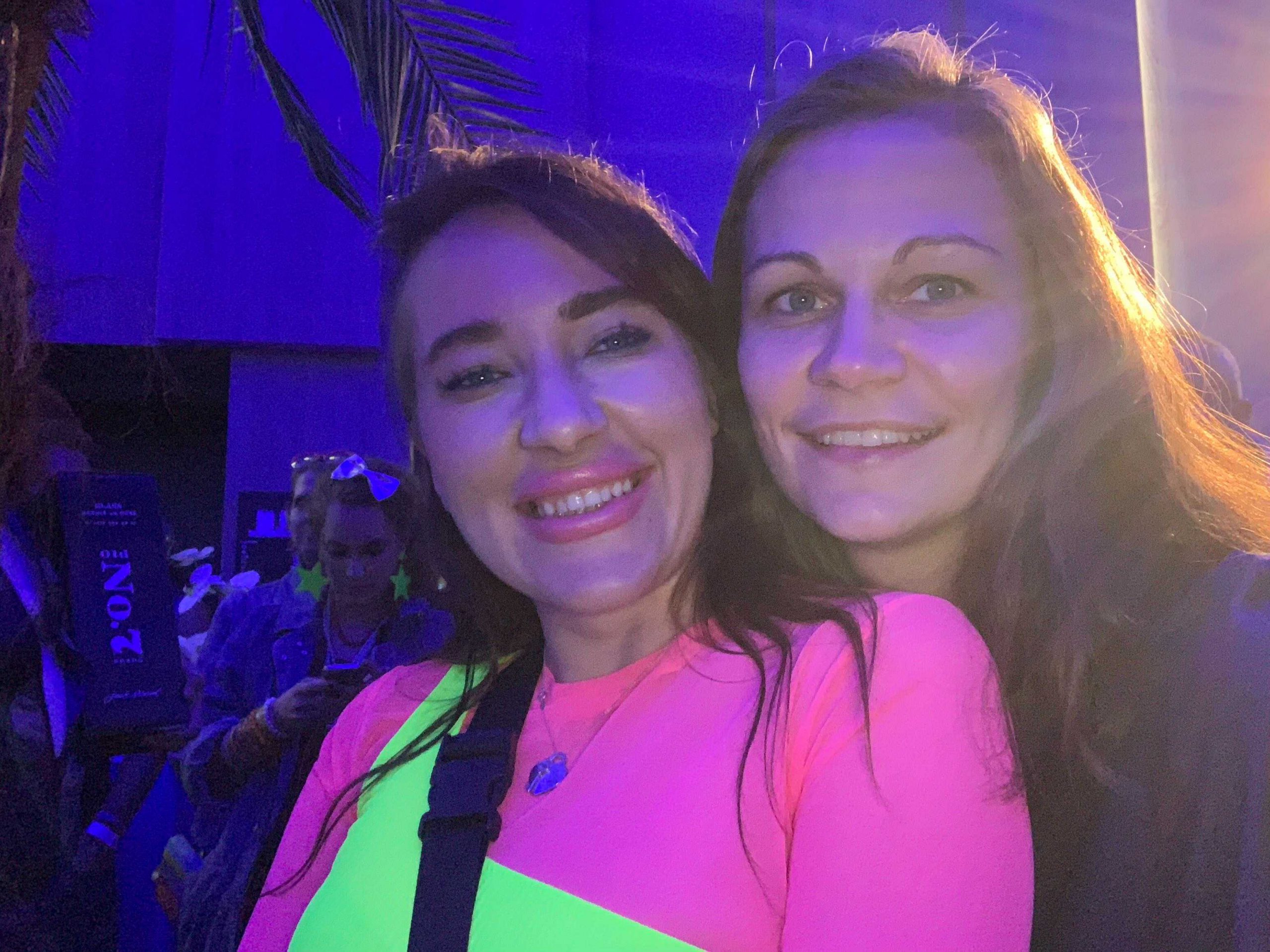We all live in a hyper-connected-always-online world. Buying sneakers, talking to our bank advisor or chatting with colleagues over coffee – we can do everything virtually. Let’s have a look at design research and user experience testings. Can we replace all face-to-face interactions with remote alternatives? Is in-person communication vital for human-centred design?
George involves customers in early stages of design and development. This is important to create features that add value for our users. Our ambition is to hear what the users have to say. We want to understand how they use our products, and which struggles they face. To gain that information, we meet and talk to our customers in person. We invite them to our facilities or to user experience testing events like “Testessen”. With the onset of the Covid19-pandemic, all this came to a halt.
At George we are used to working remotely. Meeting our fellow team members in virtual environments is daily business. Yet, engaging with customers only virtually has been a big change to our way of working. Looking back at our activities in 2020, we have come a long way. The first remote online test took place in March. Since then, we conducted around 100 interviews remotely. Let’s have a look at other companies. How have they connected with their users during the last year?
Remote Insights Research on the Rise
The GRIT report from Greenbook covers the latest trends in customer insights practices. The latest report shows that face-to-face engagement with customers plummeted in 2020. Of all the companies which apply customer research, 82% conducted in-person in-depth interviews. In 2020 the number dropped to only 66% (survey on 1071 companies).
In return, online interviews have increased by over 10%. Online focus groups record even greater growth at 20% in comparison to 2019. A report from userinterviews.com shows that even “90% of user researchers have worked entirely remotely since the start of the COVID-19 pandemic. This compares to only 21% last year.

https://giphy.com/gifs/nbc-parks-and-rec-recreation-special-MaOktMBPhk99vUOcJR
Adapting the Toolset
Engaging remotely with users came with its own set of challenges. Companies had to buy or adapt tools for conducting remote user experience research, such as usability testing. According to userinterviews.com, the majority of the companies (59%) uses Zoom to conduct online interviews. This is followed by Google Hangout (32%) and Microsoft Teams (28%). Using such tools, the whole customer journey of “participating in an online user testing” has to be adapted. This includes data protection (GDPR) and confidentiality issues (NDA) . Those adjustments can be very time consuming. In our case, we have been working with Lookback.com for remote testing since the beginning of 2019. Our experience with the tool saved a lot of time when setting up all-remote user interviews.

Tools to conduct online research sessions, Survey with N=525 user researchers in 44 countries (https://www.userinterviews.com/blog/state-of-user-research-2021-report)
The many remote testing we conducted lead to valuable findings. Let us share our insights on the pros and cons of remote testing:
Pros of Remote User Experience Testing
- Being in the own flat during the testing makes the situation more comfortable. This seems trivial but makes a big difference. It can create quite some pressure, talking to people you’ve never met in a room you’ve never been in. We’ve observed that people share their thoughts more openly. They even tend to stay longer in a call when they are in their usual environment. It also came as a surprise to us that none of the participants worried about being recorded.
- Testing online increases speed and accessibility. It is easier and less time consuming since users don’t have to get to a certain location. And you can still wear your sweatpants 😉
- Many tools for online testing allow an unlimited number of observers to join. This makes upscale and international research easier. Also, it enhances collaboration and supports cross-country research.
- Providers of online testing invest more in remote research. Thus, new features are popping up currently. Some examples of new features are live notetaking including time-stamps, auto-transcription and easy reporting/ analysis. This promises a great future of remote research. We comprised a list if existing and emerging tools for you here.
- Due to remote user research, the feedback is representative of a wider population. Customers who live far away or even abroad can take part in our remote testing as easily as people from our main locations.

https://media.giphy.com/media/IMdS79sQINRAY/giphy.gif
Cons of Remote User Expierence Testing
- The biggest challenge is the technical setup. Only few of our testers are tech-savvy YouTube bloggers with high-end equipment 😉 This means that we need more time to onboard he testers. We need clearer instructions and comprehensive checks that everything is working fine.
- Data protection and confidentiality are big issues when it comes to remote testing. Processes on the corporate side have to be aligned to make video sessions and online participation possible.
- The biggest drawback of remote testing is the lack of body language. During remote testing we cannot analyse the facial expressions and gestures of the participants.
- Inclusivity is an issue of remote resting. Less technically inclined people might find it hard to use unknown software or to install extra programs on their devices. One of Georges core values is accessibility for everybody. Thus, our features should be tested with a wide variety of users, including those who are less familiar with the technical aspects.

https://media.giphy.com/media/yTzwdWHe1VxQt4sfiD/giphy.gif
The Take Away
Remote testing is an excellent addition to conventional ways of exchange and getting together. It is a valuable part of an usability tester’s or UX designer’s toolkit. Yet, we had to acknowledge, that it does not substitute in person testing entirely. (And probably never will, unless we all live in a simulation 😉). An online session needs to be prepared with the same seriousness and dedication as any physical engagement with users. All the effort is worth it, as our experience shows.
If you want to be part of our UX testing community and see new features before everyone else, please drop us a line usabilitytesting@george-labs.com. You can also sign up directly to our George Testing Community.
See you online!


